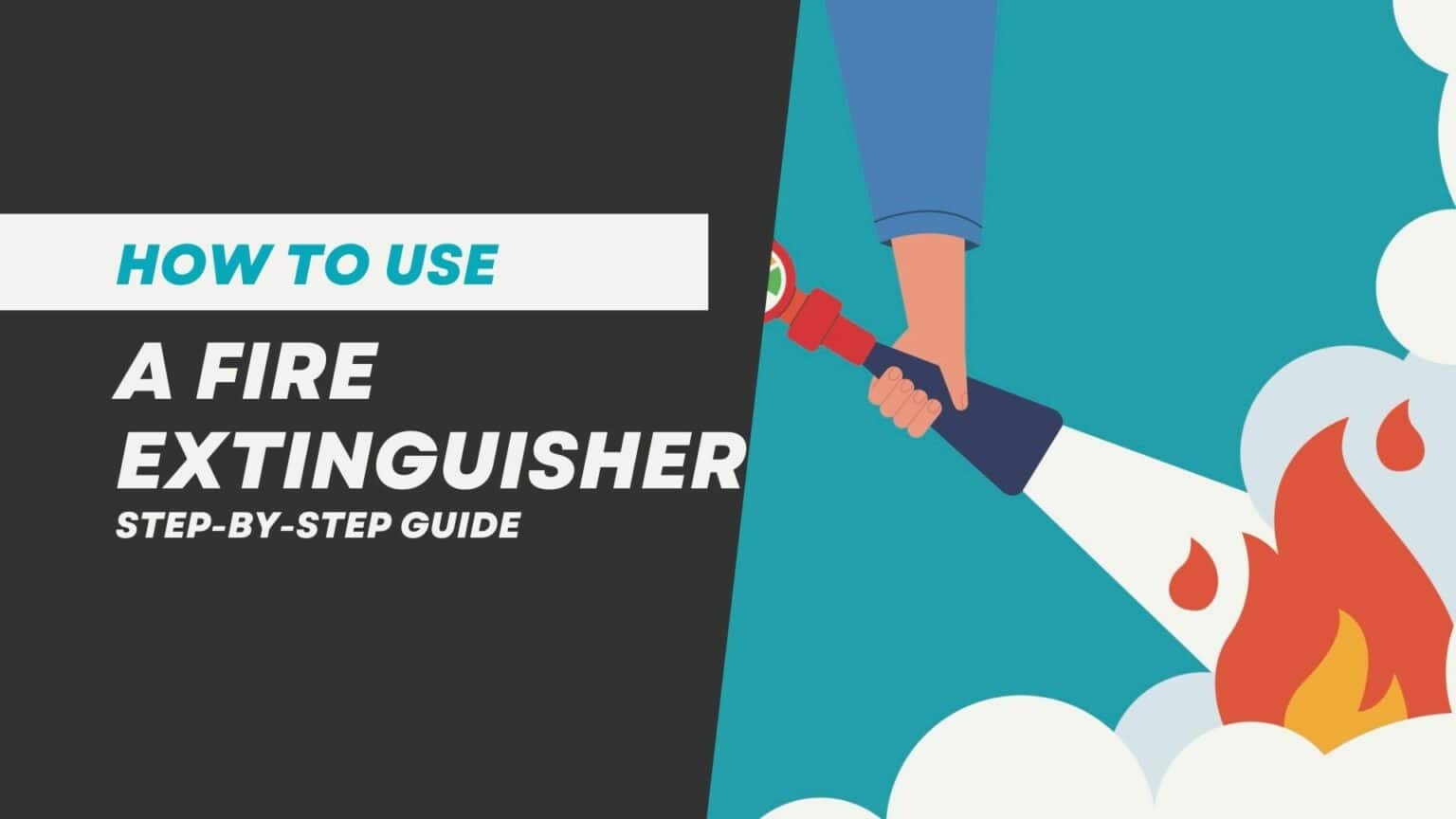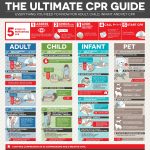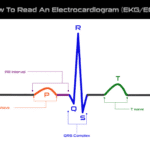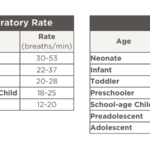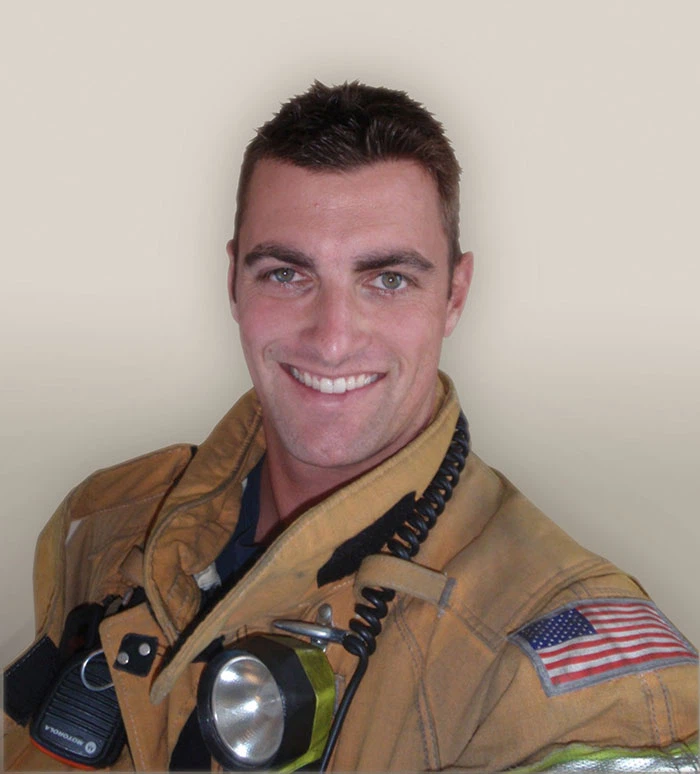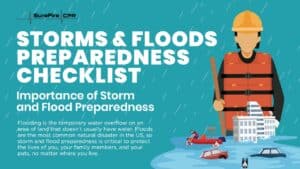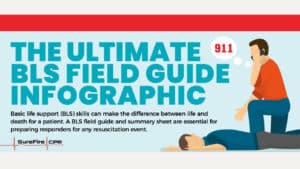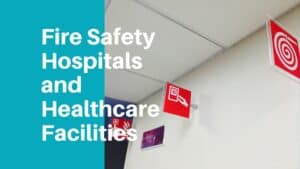Fire extinguishers save lives and property, which is why experts recommend keeping a working fire extinguisher on every level of your home. However, a fire extinguisher is only helpful if you and your family members know the correct way to operate it. Now is the time to learn how to use a fire extinguisher so you are prepared if a small fire ever breaks out.
The Vital Role of Fire Safety
You might not think much about fire safety, but preparation is critical so everyone in your household knows what to do in the event of a fire. Fire safety encompasses prevention as well as protocol to follow if a fire does occur.
Fire prevention begins with identifying potential hazards throughout your home. Pay particular attention to high risk rooms like kitchens and laundry rooms. Make sure every room is equipped with a smoke detector and check all devices regularly to make sure they are working properly. Mounting fire extinguishers in accessible locations and learning how to use them is another essential prevention step.
The Importance of Proper Training
If you experience a fire in your home, every second counts. If you have not learned how to use your fire extinguisher before, a fire event is not the time. Make sure you are familiar with the specific instructions for your extinguisher since every model is slightly different. You can also get training from a professional so you are ready to operate your extinguisher with confidence if it ever becomes necessary.
How the Fire Extinguisher PASS Method Works
This helpful acronym makes it easier to remember the four steps to using a fire extinguisher correctly. PASS stands for pull, aim, squeeze, and sweep. Make sure before you implement the PASS fire extinguisher method that your back is toward the exit so your exit route isn’t blocked when you deploy the extinguisher. This ensures you have a way out if the extinguisher doesn’t put the blaze out completely.
Step-by-Step Guide to Using a Fire Extinguisher (PASS Method)
Let’s take a closer look at the steps of the PASS fire extinguisher method:
Step 1: Pull
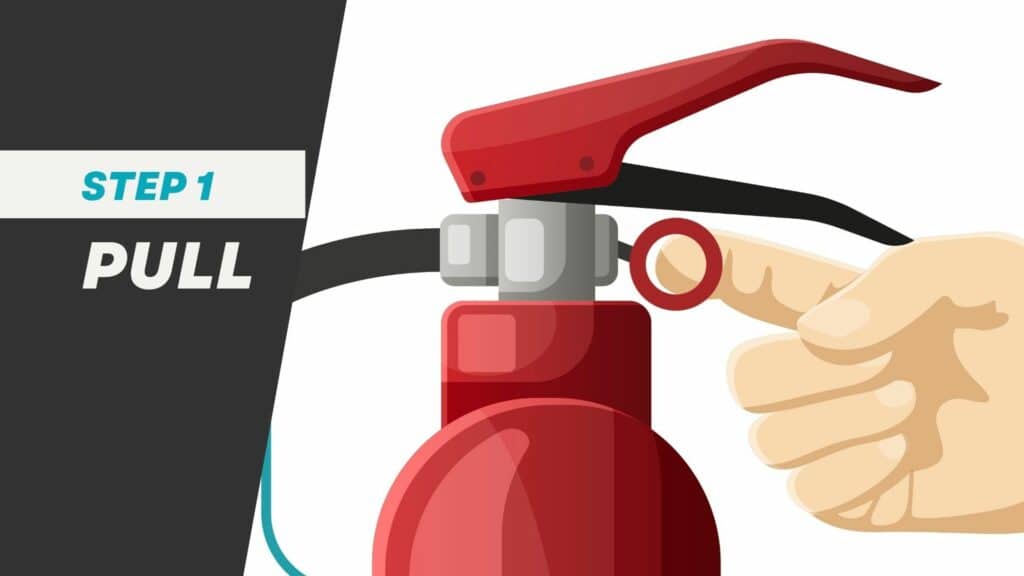
A fire extinguisher has a small pin that prevents it from being discharged by accident. The pin is located on the handle on top of the canister. The pin needs to be pulled out before you can operate the extinguisher.
Step 2: Aim
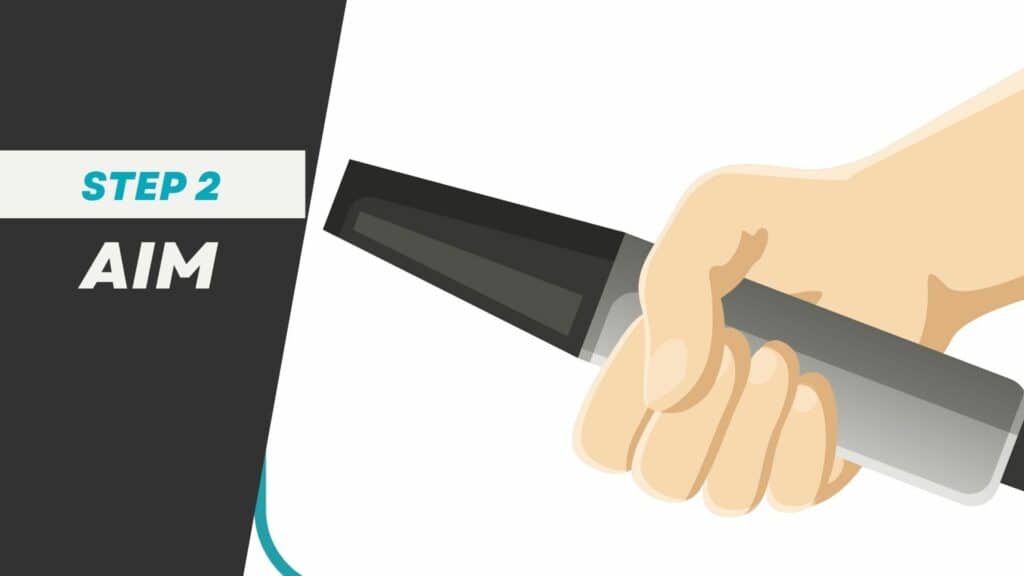
To aim the nozzle, hold onto the handle of the canister with one hand and the end of the hose with the other. The two most common mistakes people make with fire extinguishers are aiming too high and standing too far away from the fire. Always aim for the base of the flames and don’t squeeze the trigger until you are close enough to the fire.
Step 3: Squeeze
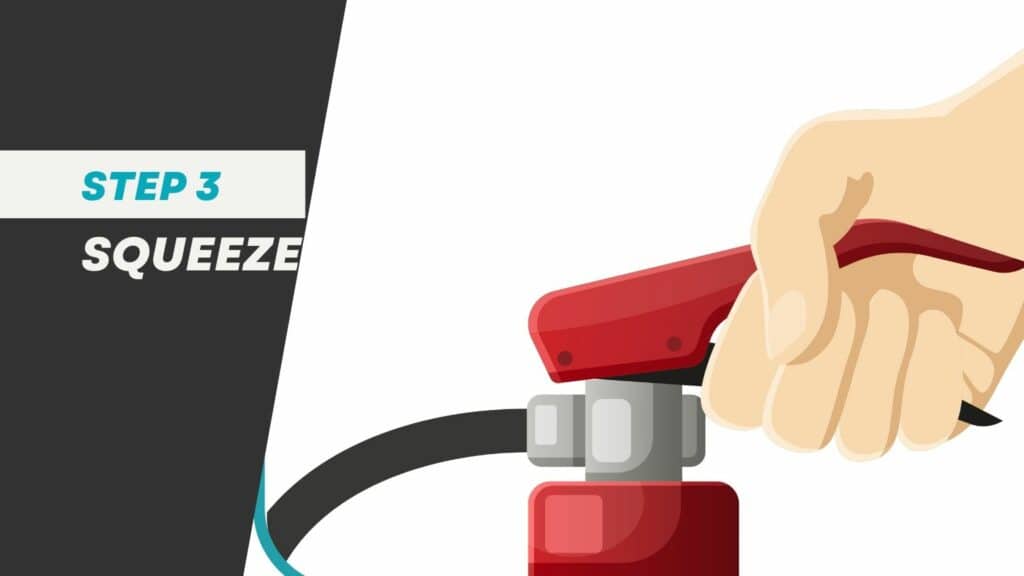
The trigger is located on the handle at the top of the canister, where you pulled out the pin. Squeeze the trigger slowly and evenly. This will make the extinguisher more effective.
Step 4: Sweep
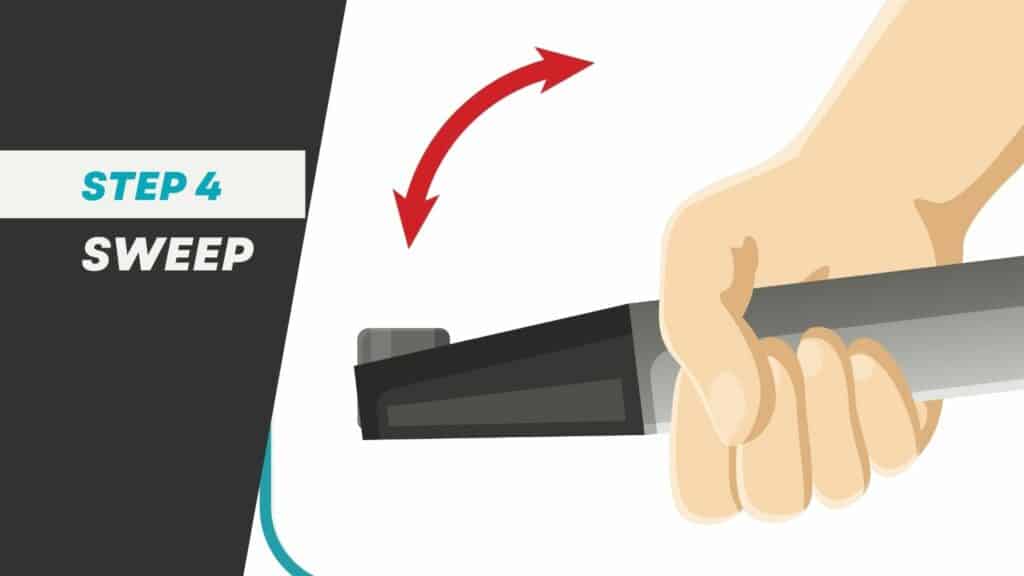
Sweep the hose from side to side so you reach the entire area of the fire. Keep in mind that most extinguishers only have about 8 seconds of use, so you want to make that time count by covering the entire fire as quickly as you can.
Tips for Using a Fire Extinguisher
Before using a fire extinguisher, do a quick assessment of the fire. Extinguishers are only designed to put out small fires. If the fire is too large or out of control, it is much safer to evacuate the house immediately and then call 911.
Make sure the fire extinguishers you choose are multi-purpose (rated for Class A, B, & C fires). This ensures you can handle fires caused by ordinary combustibles such as wood and paper, flammable liquids, and electrical equipment. Never use water on a flammable liquids fire, since that will only cause the fire to spread.
Extinguishers should also be stored where they’re easily accessible and on an exit route if possible.
FAQ’s
What size fire extinguisher should I buy?
We recommend purchasing the largest extinguisher you can safely operate on your own. The most common extinguisher for the home is a 2A10BC extinguisher.
Is a fire extinguisher safe?
When you know how to use a fire extinguisher correctly, it is typically safe. However, the extinguishing agent can cause irritation to the lungs, skin, and eyes if used near others. Mount extinguishers in your home out of the reach of children and pets. If you discharge your extinguisher, air out the area afterward before reentering to avoid irritation from the extinguishing agent.
How often should fire extinguishers be recharged?
Proper maintenance of your fire extinguisher ensures it will always be ready if you need it. Recharging involves refilling the canister with a new extinguishing agent, since the agents diminish in effectiveness over time. Recharging is required at 6 and 12 years from the date of manufacture, which should be included on the extinguisher.
What are the correct fire extinguisher types?
The 5 types of fire extinguishers are:
- Class A – for use with common combustible materials like paper, wood, and cloth
- Class B – for use with flammable liquids like gasoline, oil, and grease
- Class C – for use with electrical equipment plugged into an outlet
- Class D – for use with flammable metals
- Class K – for use with grease fires (typically found in commercial kitchens)
How do I choose a fire extinguisher?
A fire extinguisher labeled A-B-C is typically the best option for homes, since it will handle most types of fires that occur there. If in doubt, consult with a professional who can advise you on the best device for your specific needs.

